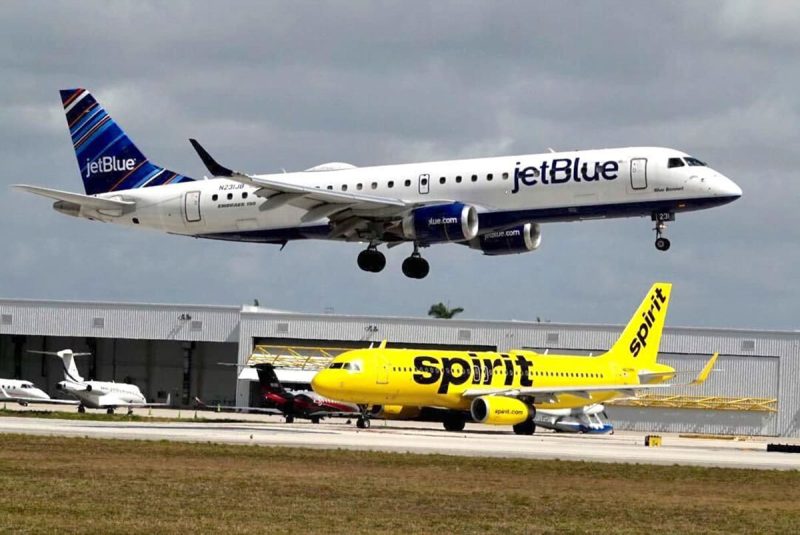U.S. airlines are reducing their capacity through the end of the year in a bid to cool an oversupplied domestic market that has led to lower fares and reduced profits despite strong summer travel demand. For passengers, that could mean higher fares are on the way.
Over the last week, U.S. airlines had “one of the industry’s largest week-over-week capacity reductions,” shaving almost 1% off of their capacity planned for the fourth quarter, Deutsche Bank said in a note Sunday. Airlines now expect to grow flying about 4% year over year during the final three months of the year.
“Despite the sizeable overall reduction, we expect to see further cuts in the weeks ahead as carriers are expected to continue to refine their schedules,” Deutsche Bank airline analyst Michael Linenberg wrote in the note.
U.S. airline executives have noted strong demand but a domestic market that’s awash in flights, forcing them to dial back growth plans, which could drive up fares. The latest U.S. inflation report earlier this month showed airfare in June fell 5.1% from a year earlier and 5.7% from May.
Reducing capacity could drive up fares for consumers and boost airlines’ bottom lines, if travel demand holds up. Getting fares in the market that are profitable to airlines but palatable to consumers is crucial for the industry as consumers have pulled back on spending in other areas.
Third-quarter outlooks from Delta and United earlier this month disappointed investors, but their CEOs said they expected capacity pullbacks across the U.S. industry to materialize in August, helping results. Southwest Airlines forecast a potential drop in third-quarter unit revenue, a measure of how much money an airline brings in for the amount it’s flying. The airline said last week it will finally ditch its iconic open-seating model and introduce extra-legroom seats to drive up revenue.
American Airlines on Thursday reported a 46% decline in its second-quarter profit and said it plans to dial back its capacity growth in the coming months, expanding less than 1% in September over last year.
“That excess capacity led to a higher level of discounting activity in the quarter than we had anticipated,” CEO Robert Isom said on an earnings call last week. Overall, American plans to grow 3.5% in the second half of the year after expanding about 8% in the first six months of the year.
Low-cost and discount airlines have been more aggressive in cutting unprofitable routes and scaling back capacity. Those carriers plan to contract 2.2% in the fourth quarter from the same period of 2023, Deutsche Bank said.
JetBlue Airways, for example, has culled money-losing routes this year and deployed aircraft to more popular city pairs. The carrier is scheduled to report results before the market opens on Tuesday.
Spirit Airlines, meanwhile, warned of a wider-than-expected loss for the second quarter after nonticket revenue, which accounts for fees like checked bags and seating assignments, came in lighter than expected.

